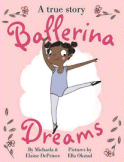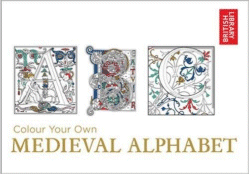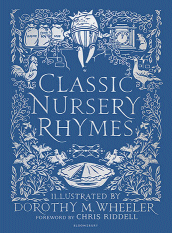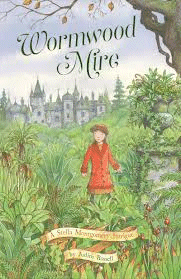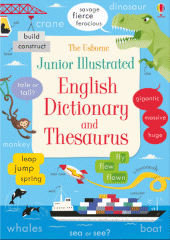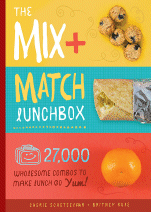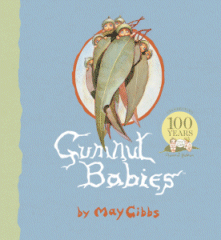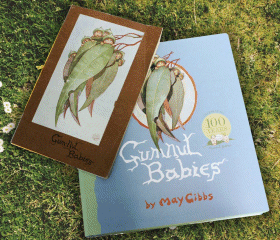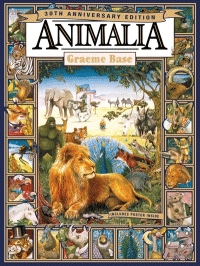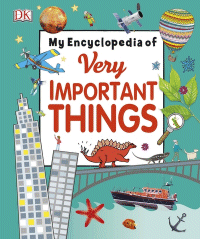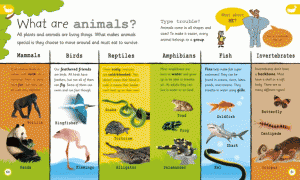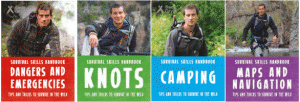
Survival Skills Handbook
Bear Grylls: Survival Skills Handbook
Camping
9781783422593
Dangers and Emergencies
9781783422999
Knots
9781783422982
Maps and Navigation
9781783423002
Bear Grylls
Bonnier, 2017
48pp., hbk., RRP $A12.99
Apart from being the star of his Emmy Award winning television show Man vs Wild, Bear Grylls is also Chief Scout to the UK Scout Association and so a series of handbooks about survival with his name on it has authenticity and authority. Drawing on his 21 years of experience in the British SAS and with a personal philosophy of “Life is and adventure. Live it.”, Grylls encourages young readers to get outdoors, explore what’s on offer and with the help of clear illustrations and information, take a few risks to maximise the experience. From learning to set up camp, build a fire, gather food and water safely, build a shelter to using a compass, reading a map and tying basic knots, these step-by-step instructions are a must for young children whether they are setting up a tent in the backyard for an overnight sleepover or being more adventurous out in the bush with friends. Even if they are not planning a trip, the tips and tricks learned here may well provide them with necessary knowledge for a sticky situation in the future.
There is a constant cry from the world of adults that kids are too screen-bound, too indoors-oriented and they need to get out more so the growing obesity epidemic is halted so this series would be a great support to any studies of survival, self-preservation, needs vs wants and perhaps even encourage some to look at joining the Scout movement.
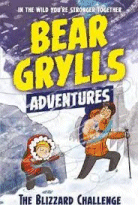
The Blizzard Challenge
The Blizzard Challenge
Bear Grylls
Bonnier,2017
128pp., pbk., RRP $A9.99
9781786960122
Olly hates activity camp and its pointless activities. Why should he bother building a stupid shelter or foraging for food with his teammates – he’d rather be at home in the warm and dry, where the sofa and the video games are.
But then Olly gets given a compass with a mysterious fifth direction. When he follows it, he’s magically transported to a high mountain range where he meets survival expert Bear Grylls. With his help, Olly must learn to survive in sub-zero temperatures, including what to do if the ice cracks when you’re crossing a frozen lake, or a blizzard sets in . . .
But can his adventure with Bear Grylls change Olly’s mind about teamwork and perseverance? And who will Olly give the compass to next?
This is the first of a 12 book series written for younger readers, each with a new hero who is given the magical compass to follow on an adventure. Well-written, full of survival information embedded in the narrative and illustrated, it is perfect for inspiring the independent young reader to not only read but perhaps to also experience the outdoors for themselves. Using just their knowledge and wits rather than magic, super powers or fantastic creatures to get themselves out of trouble this is a down-to-earth series that kids can really relate to. This is something THEY can do and they can be their own hero.
While Miss 11 and Miss 6 might not be the female Bear Grylls, both adore their burgeoning Scouting journey and these books are going to be perfect additions to their bedtime reading routines as well as giving them even more knowledge and skills to build on for their next adventure.
